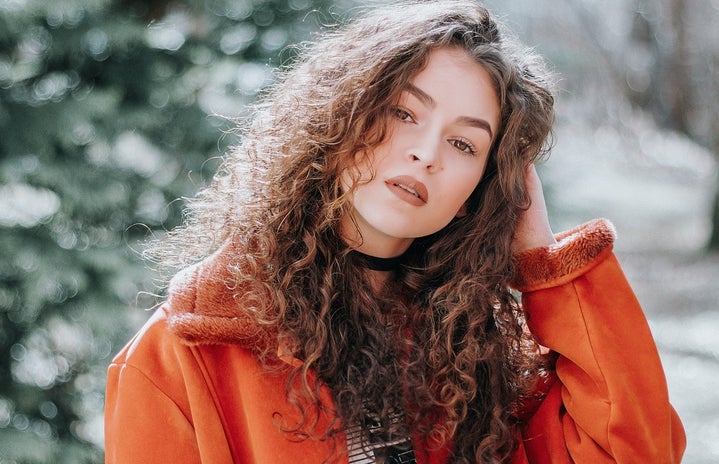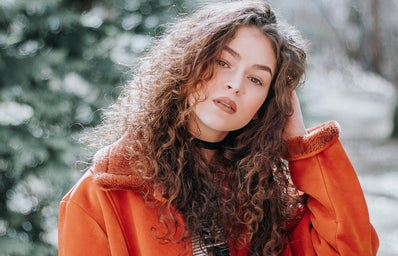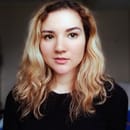A woman’s hair can stand for more than just external appearance. In film, it can represent characteristics, traits that discreetly let the audience know what kind of woman is on-screen. Immaculately smooth and flawless locks will give the impression that the woman takes time with her grooming regiment. It gives the impression that she even has one to begin with.
It means that she spends an “appropriate” amount of time making herself look beautiful. In contrast, curly hair does not need to be brushed and takes a village to sleek down, regardless of the type. On-screen, this is often a subtle way of saying that a curly girl can’t be bothered to put in the effort or that it says something about her wild, untamed personality.
Take for example, Sigourney Weaver in “Alien.” Julia Roberts in “Pretty Woman,” “Mystic Pizza” and “My Best Friend’s Wedding.” Drew Barrymore in “Poison Ivy.” Olivia Newton-John in “Grease.” Glenn Close in “Fatal Attraction.” For that matter, in the 1980s, curly hair reigned big, quite literally. Look at Elizabeth Berkeley, who was originally slated to play Kelly Kapowski on “Saved by the Bell.”
The writers felt that Berkeley needed to have her own character, resulting in outspoken, neurotic feminist Jessie Spano. Would audiences have believed Berkley, at the time sporting beautiful dark blonde curls, as the all-American popular cheerleader and love interest to Mark-Paul Gosselaar’s Zack Morris? No, because Tiffani-Amber Thiessen looked much more like Barbie, charming adolescent males everywhere.
The modern beauty standard is still fairly Eurocentric, insisting that hair is more beautiful when sleek and straight. Hair products for fine/ medium hair are still priced cheaper than for thick, coarse and natural textures. It has been prioritized more inside the media and out. A Google search will conjure up listicles about celebrities who surprise us with rare glimpses of their “natural” hair (and surprise: it’s almost always a curly/wavy texture. I’m still surprised by both Nicole Kidman and Jennifer freaking Anniston; the woman could not have made “The Rachel” cut possible without frequently flat-ironing her hair.)
Growing up, I loved American Girl dolls and pored over AG mail catalogs frequently. The last few pages would advertise the Truly Me Doll. Out of a handful, you could buy one that looked the closest to you. In the 2000s, the diversity of these dolls was shabby. Most of them were pale or fair-skinned. Zero had curly hair. The closest it came was one with slightly wavy, 2b hair. There was nothing to match the springy curls of a half Jewish/half Filipina girl who attended an elementary school of mostly white kids and was constantly mistaken for a classmate who also had curly hair because it was that much of a rarity.
Imagine the impact it could have made if there had been more hair-type options for a Truly Me Doll. If I had seen more curly-haired girls on the sitcoms I watched on TV. Then I probably would not have taken a strand of my hair and hoped that if I held it taut long enough, it would become straight, and then I could do the same for the rest of my hair. I would not have always drawn myself with stick straight hair in the art journals I had to do for class. If we are coming to terms with diversity in the media, we must acknowledge that it goes beyond race and gender. It comes in the most subtle forms, as well. It can be done, though. It must be.


